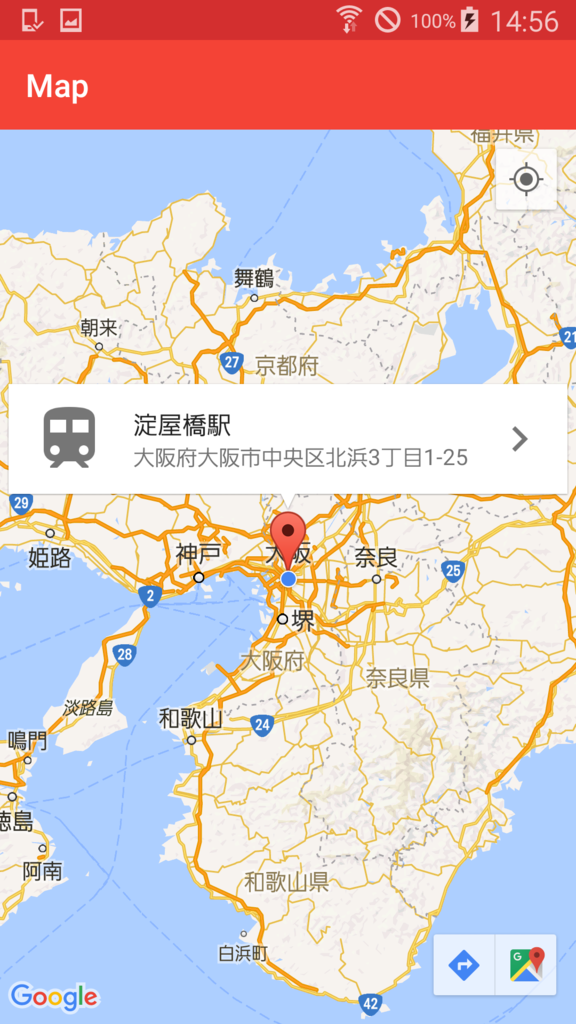2016/5/21 開催の わんくま同盟 名古屋勉強会 #38 に、ぶらりと参加してきました。参加人数は、20名程度。場所は、名古屋市港生涯学習センター。

C# + Windows10 IoT Core で学ぶ IoT by くぅさん
IoT はどんなものから IoT 話題など。Raspberry Pi 2 で動く Windows 10 IoT Core 上で UWP の UI ありのアプリが 動くデモも披露。
スライドでは いらすとや の素材を利用していましたが、Raspberry Pi のイラストが無かったため、アップルパイの素材で代用していました。

リクエストが叶ったのか、Raspberry Pi の素材も勉強会後に登場しましたね。
シングルボードコンピュータのイラスト https://t.co/ftVGiRKBUn
— いらすとや (@irasutoya) 2016年5月22日
Xamarin で始める iOS / Android アプリ開発 by biac さん
わんくま名古屋#38 に参加いただいた皆さま、本日はありがとうございました♪
— 山本康彦@BluewaterSoft (@biac) 2016年5月21日
「#Xamarin で始める iOS/Androidアプリ開発」の資料を公開しました。 https://t.co/amsoIe3nKO#wankuma
Xamarin.Forms の Hello world。
はじめに、発売されたばかりの C#プログラマーのための 基礎からわかるLINQマジック! に関連して LINQ の話題。会場から多数質問もあり、盛り上がりました。LINQ を使いメソッドチェーンで書くのと、以前のように for ループで書くのとどちらが早いのかなどの疑問も読めば解決するようですよ。

- 作者: 山本康彦
- 出版社/メーカー: 技術評論社
- 発売日: 2016/05/12
- メディア: 単行本(ソフトカバー)
- この商品を含むブログ (2件) を見る
Xamarin の内容は、Xamarin と Xamarin.Forms の簡単な紹介と、実際に Android エミュレーターと、UWP アプリ、Windows Phone 実機デモを披露。
わんくま Azure 移行するぞ。大作戦その1 by 中博俊さん
(資料なし)
2000年初期から続く わんくま同盟 のサイトを Azure に移行中という話。当時は ASP.NET が動くレンタルサーバーを探すのも苦労したけど、今は Azure など手軽に使える時代になったとのこと(わんくま同盟のサーバーは自宅で運用)。
わんくま同盟のサイトは、Blog や掲示板、勉強会の登録やリマインダー、メーリングリストなど雑多な構成で、徐々に置き換えしているようです。Microsoft Azure は多数のサービスがあり、どれを利用するなども紹介。
セッション用のノート PC を忘れたため、借りたノート PC に Azure Powershell 等をインストールして実演しながら紹介。
さらっと学ぶ DevOps by じぇいさん
(資料なし)
50分セッションが30分で終了したため、20分は運営の手を借りながら、DevOps とは何かを少しディスカッション。
DevOpsとは何か? そのツールと組織文化、アジャイルとの違い - Build Insider の記事が良いようです。






